80 percent of Vietnam human trafficking victims end up in China

A Vietnamese woman who was rescued in 2018 after being sold to China. Photo by AFP/Manan Vatsyayana
More than 1,000 cases were detected by June this year involving 2,600 victims.
In 829 of them, the traffickers sold 2,319 people to China, according to ministry data released at a meeting on Tuesday.
Most cases had been found in northern border provinces such as Lao Cai, Ha Giang, Dien Bien, and Quang Ninh, and most of the victims were women and children.
In just six months from July last year Chinese authorities rescued more than 1,100 trafficked women, many them sold as brides, in a joint operation with Cambodia, Laos, Myanmar, Thailand and Vietnam.
Besides the financial situation of victims, police officers have said negligence, easy immigration procedures and gender imbalance in destination countries are also responsible for human trafficking.
China, the world’s most populous country, suffers from one of the worst gender imbalance rates due to its one-child policy and illicit abortion of female fetuses by parents wanting sons.
This has led to increasing trafficking of Vietnamese women and baby girls.
In its 2019 Trafficking in Persons Report issued in June, the U.S. said Vietnam has not fully met the minimum standards of the U.S.’s Trafficking Victims Protection Act of 2000 but is making significant efforts to comply with those standards.
Vietnam’s efforts have included running major awareness campaigns in communities vulnerable to trafficking and government-facilitated training for consular officers, police and other relevant agencies in combating trafficking, the report said.
The lack of interagency coordination and provincial officials’ lack of familiarity with anti-trafficking laws and victim protection continue to impede anti-trafficking efforts, it said.
Traffickers increasingly use the Internet, gaming sites and, particularly, social media to lure potential victims into vulnerable situations while many men entice young women and girls with online dating relationships and persuade them to move abroad and then subject them to forced labor or sex trafficking.
Some traffickers pose as police officers on social media to gain victims’ trust.
Some Vietnamese women are also misled by fraudulent employment opportunities and sold to brothel operators on the borders of China, Cambodia, Laos, and elsewhere in Asia, including Malaysia, South Korea, Singapore, Taiwan, and Thailand.
VNF ( Vnexpress )
Recommended
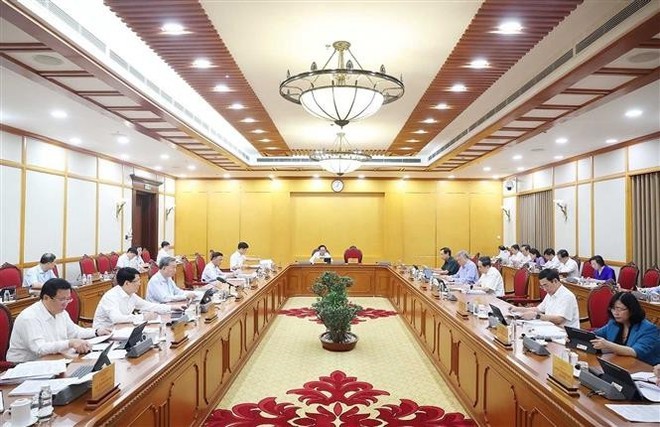 National
National
Vietnam News Today (Jun. 7): Prime Minister works with Estonian firms to accelerate projects in Vietnam
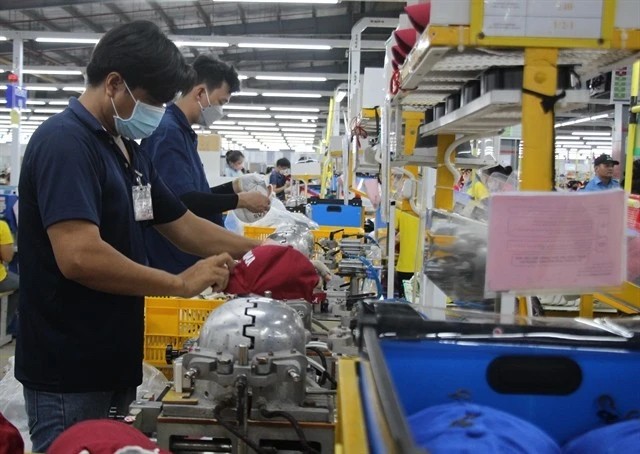 National
National
Vietnam News Today (Jun. 6): Foreign Investment in Vietnam Surges in Five Months
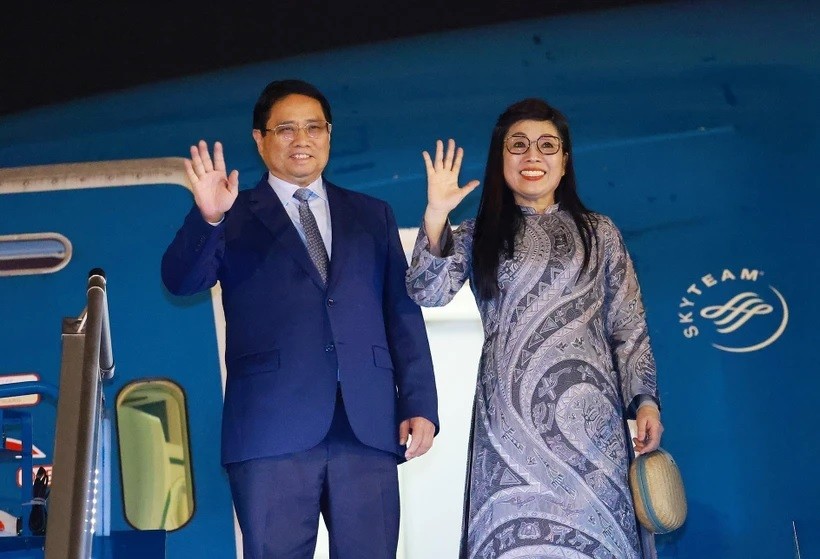 National
National
Vietnam News Today (Jun. 5): PM sets off for attendance at UNOC 3 in France, official visits to Estonia, Sweden
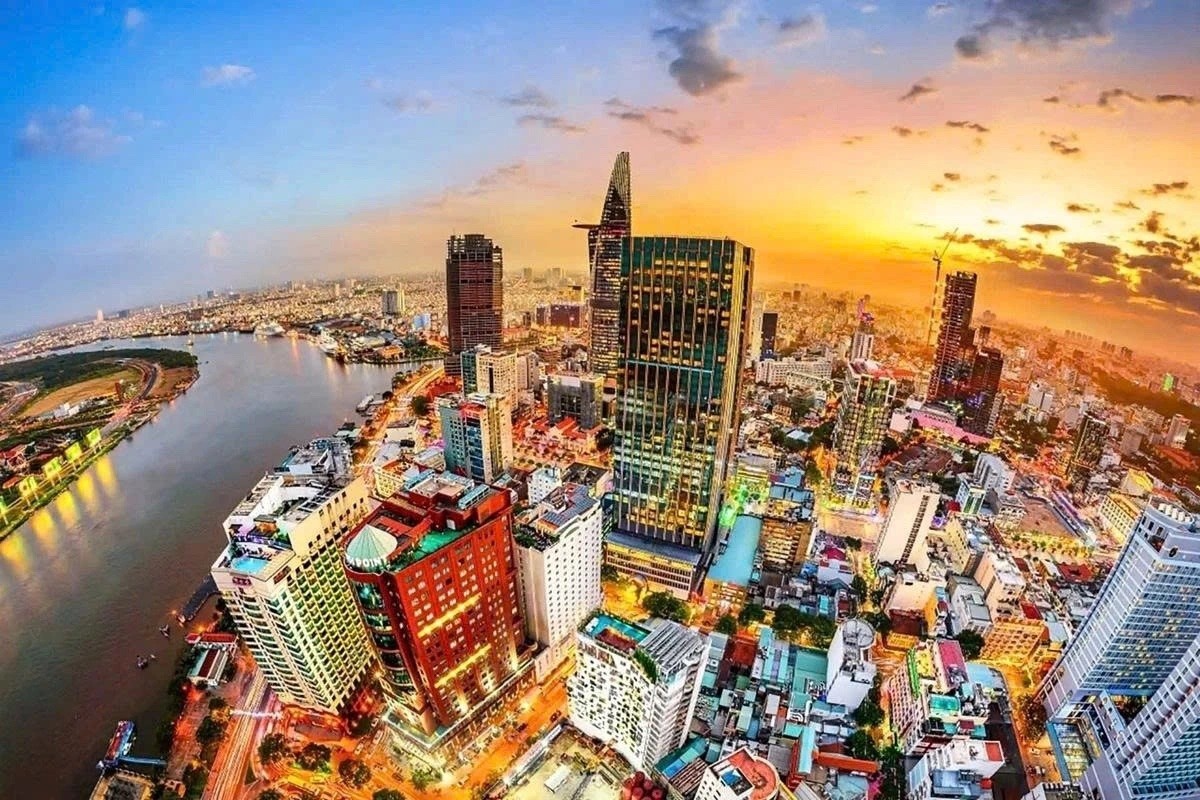 National
National
Vietnam News Today (Jun. 4): Vietnam - Promising Candidate for Southeast Asia’s Next Powerhouse
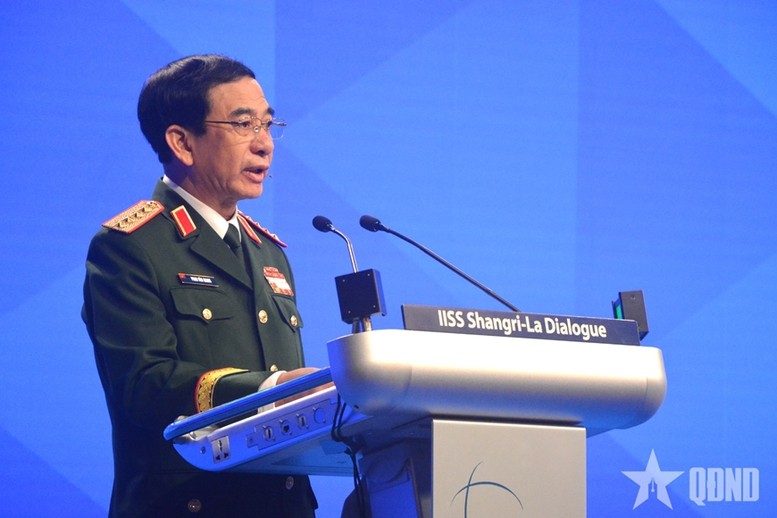 National
National
Shangri-La Dialogue 22: Vietnam Highlights Some Issues of Ensuring Stability in a Competitive World
 National
National
Vietnam News Today (Jun. 3): PM Pham Minh Chinh to Attend UN Ocean Conference, Visit Estonia, Sweden
 National
National
Vietnam News Today (Jun. 2): Vietnamese Trade Mission Sounds Out Business Opportunities in United States
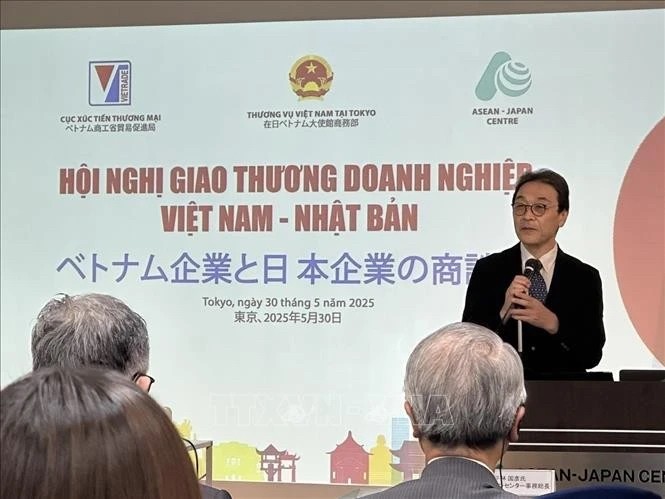 National
National
